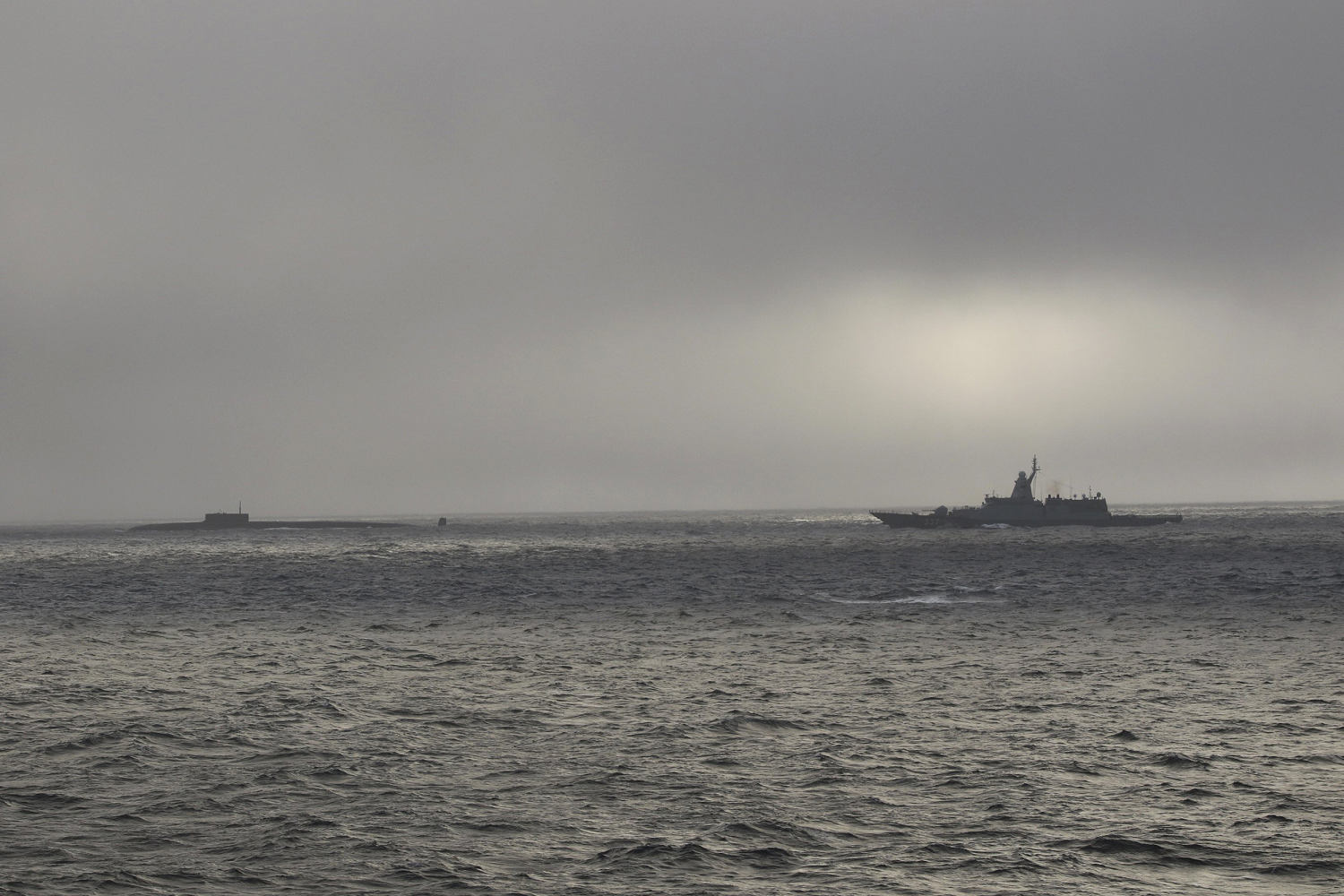
TAIPEI — The U.S. Coast Guard is watching an “uptick” in Chinese and Russian navy activity around Alaska and the northern Pacific but encounters to date have been very professional, a senior commander said on Friday.
Vice Admiral Andrew J. Tiongson, U.S. Coast Guard Pacific Area Commander, noted on a call with regional reporters while visiting Japan that his country and Russia share a maritime boundary line between Alaska and the Russian Far East.
“Russian naval vessels, certainly we’ve seen an uptick in their presence in that particular region. And then what we also see is an uptick in PLAN, the PRC Navy, and the Russian navy working together in that region,” he said, referring to the People’s Republic of China.
“And we have been seeing that over this last couple of years. And they are conducting operations,” Tiongson added.
Occasionally those ships cross into the U.S. Exclusive Economic Zone, he said.
“So what we do is we meet presence with presence. So when they go out there, we ensure they know that we are there, we establish communications. Sometimes they tell us that they’re just transiting through and they’ll be out of our EEZ very soon, and other times we sit and we watch and shadow them as they go forth.”
The U.S. Coast Guard exchanges information with the U.S. military as well as Canada, he said, but added encounters with the Russians or Chinese had all to date been professional.
Tiongson also addressed questions about the Philippines and China’s off-on confrontation around Second Thomas Shoal in the South China Sea, where China’s Coast Guard has been active in the standoff over resupplying a beached Philippine navy ship there.
Tiongson said the U.S. Coast Guard had not been asked to provide escort to Philippine vessels, but had been advising and assisting in other ways. “So when I say advise and assist, we provide to the Philippine coast guard and to others is what we would do in this situation. And we assist them in coming up with some of their plans, but we do not accompany.”








